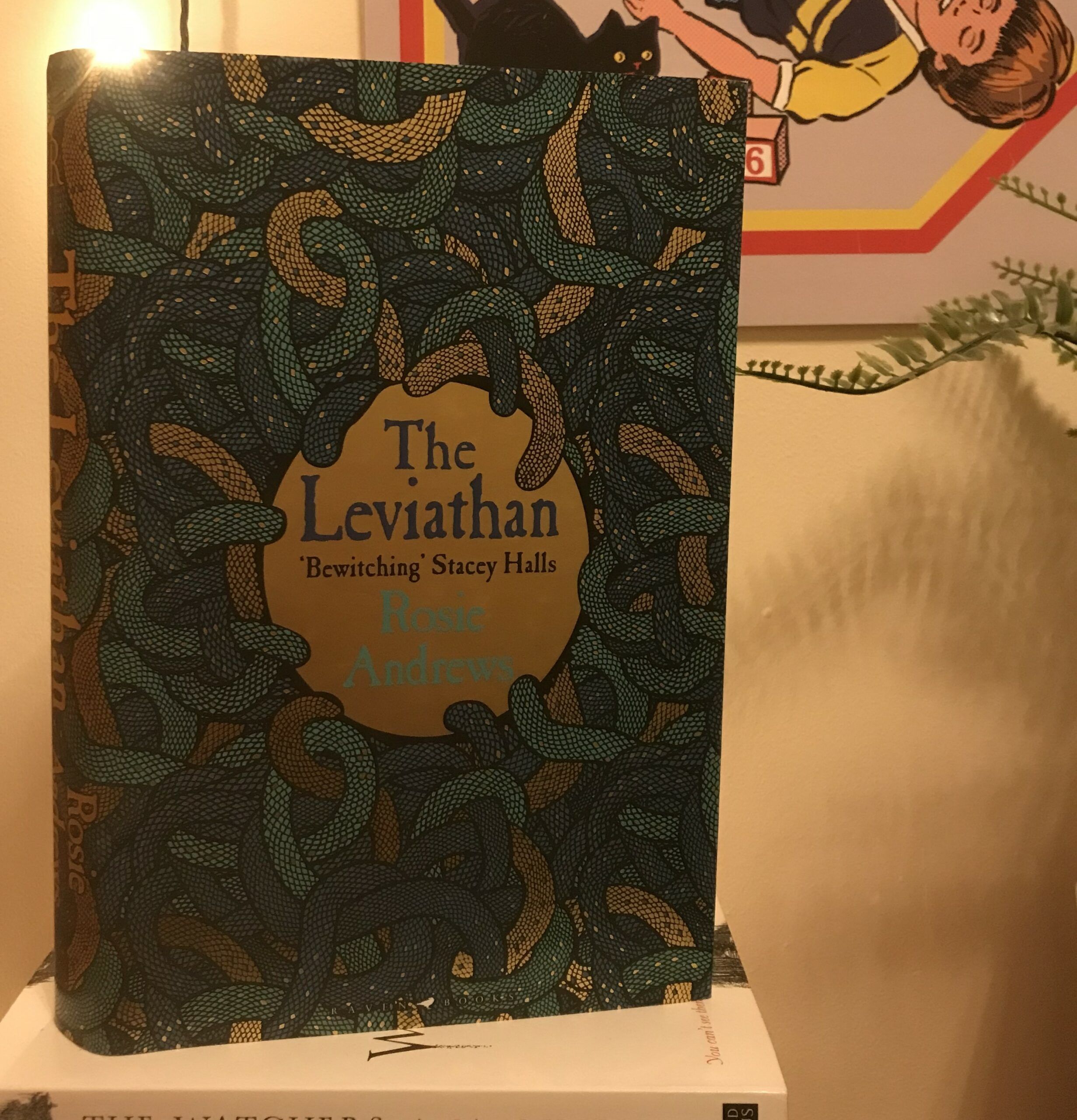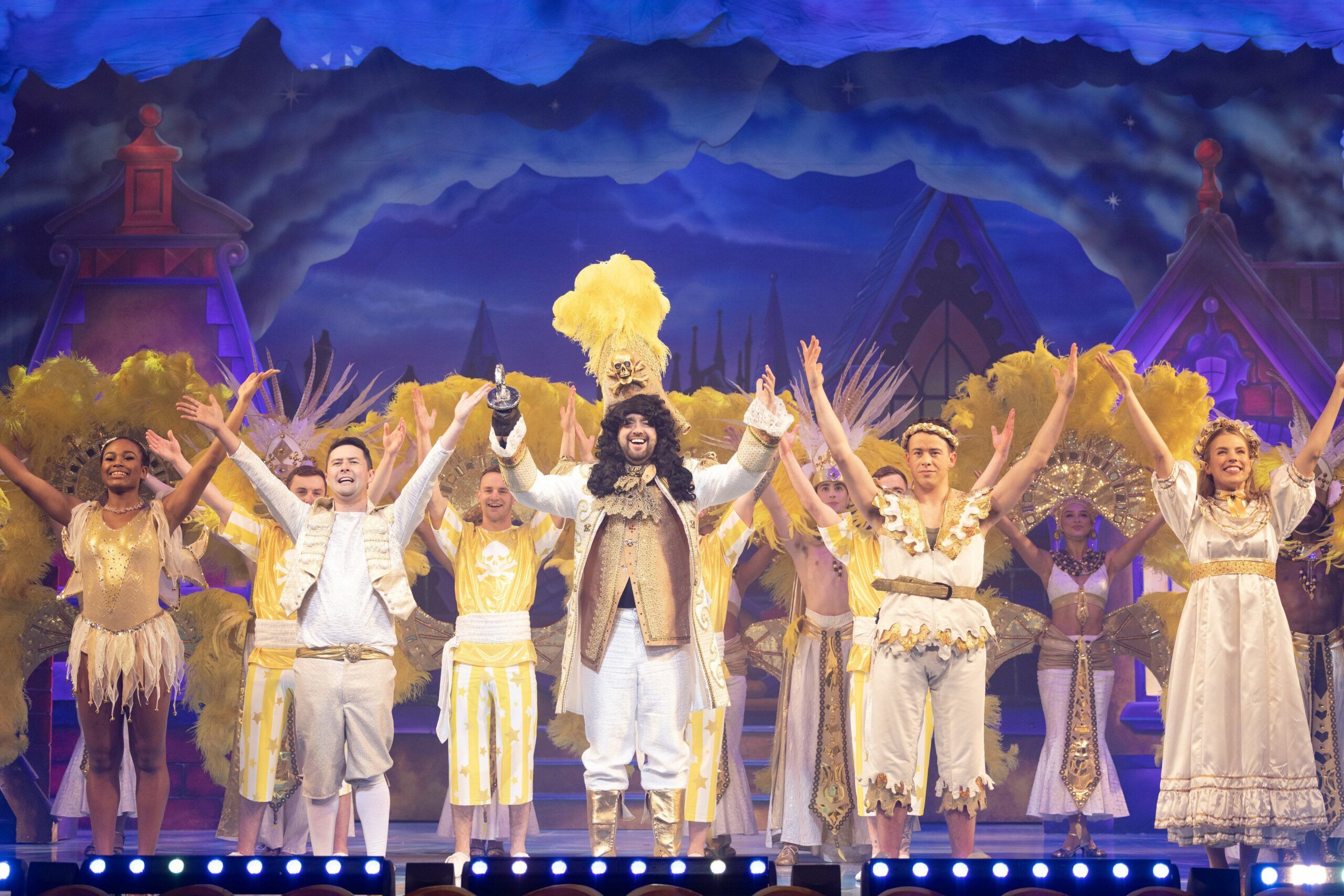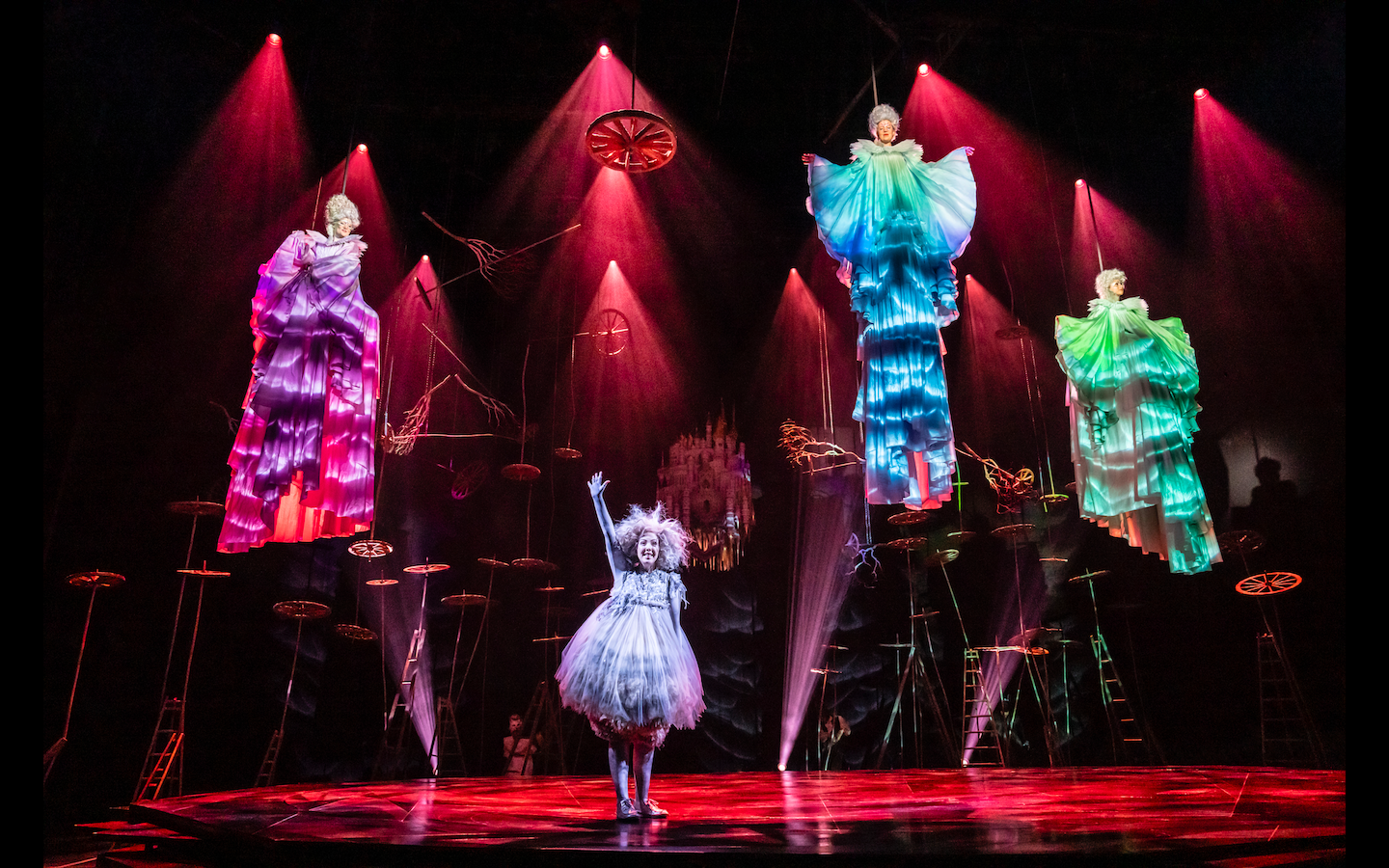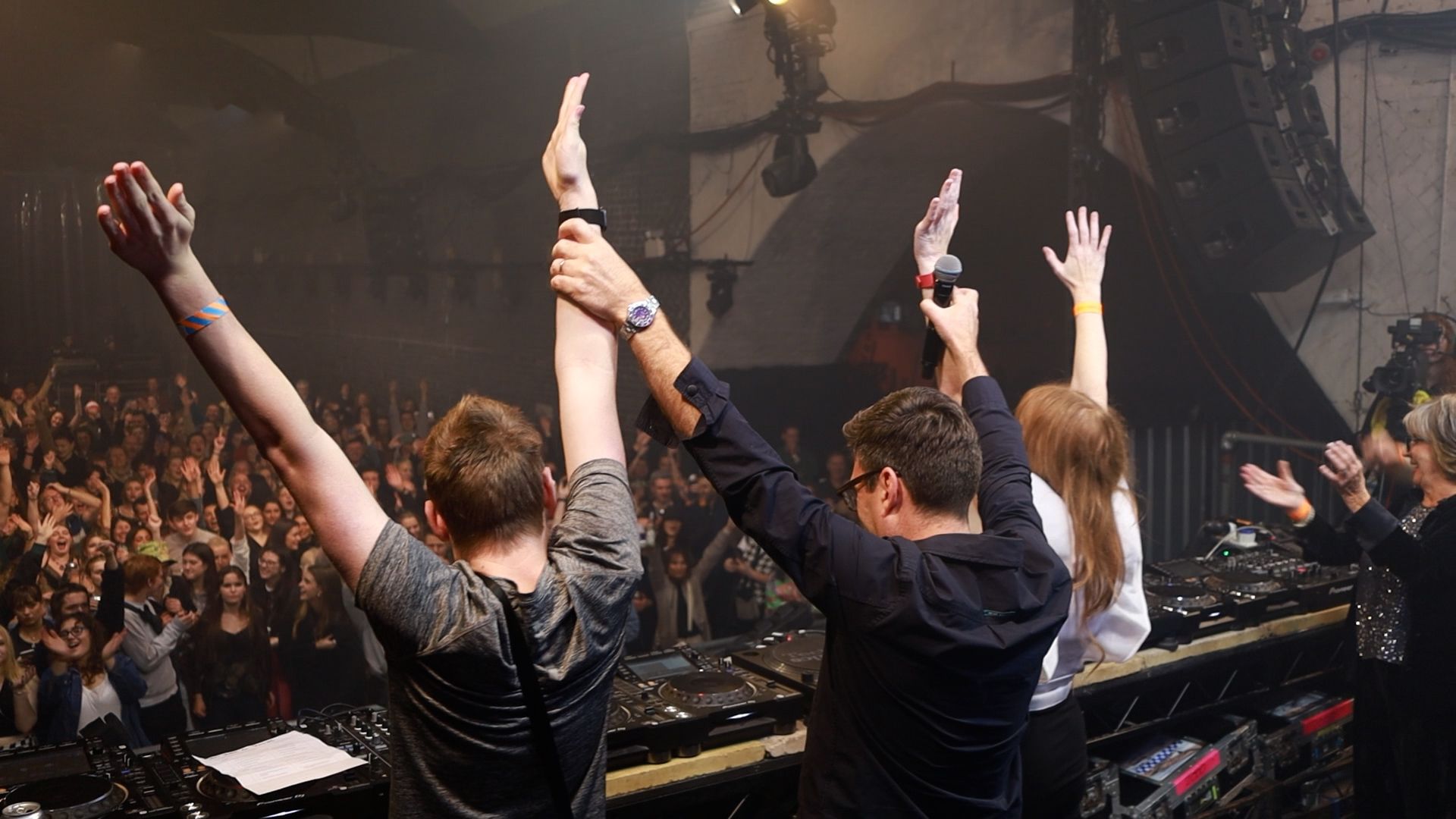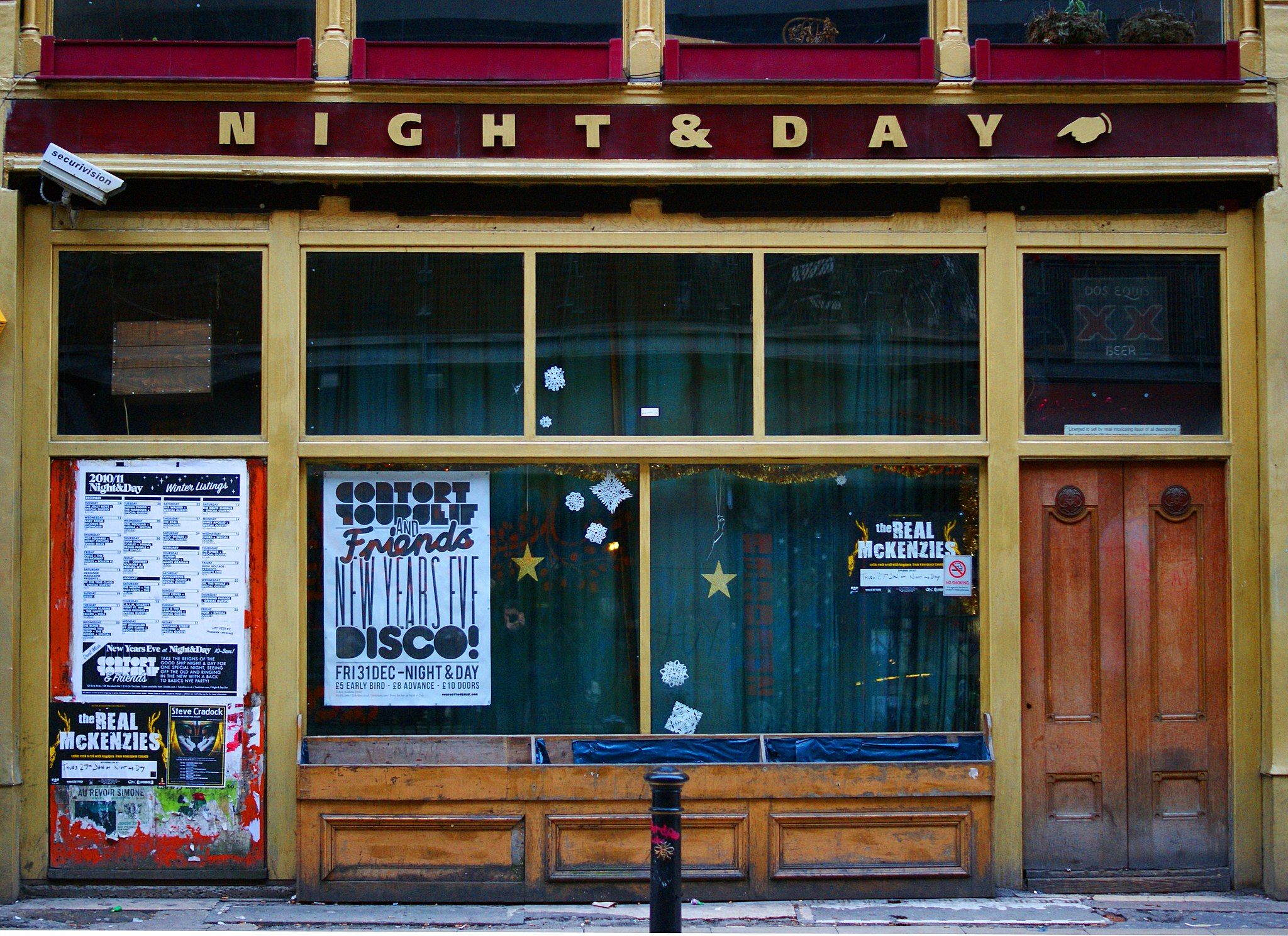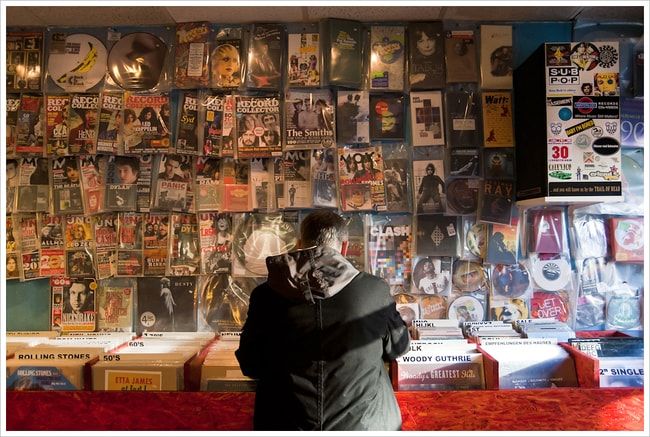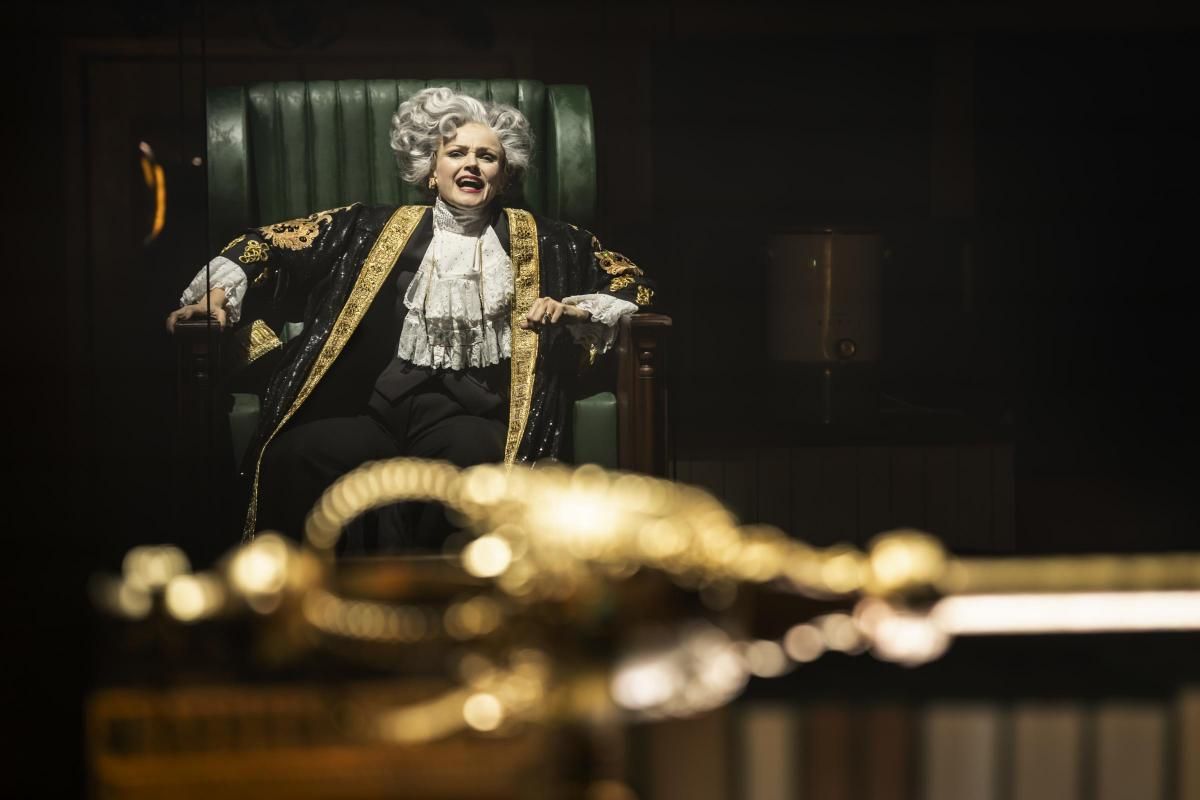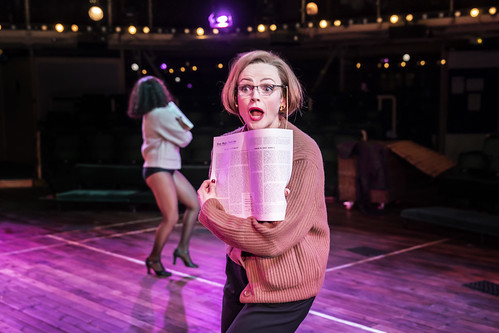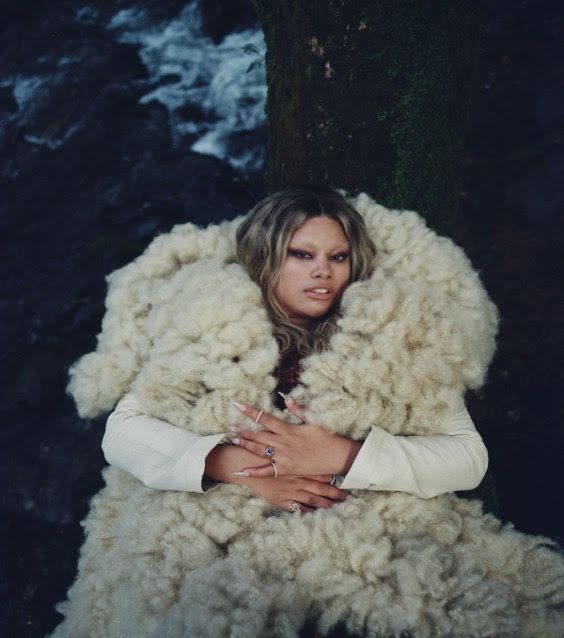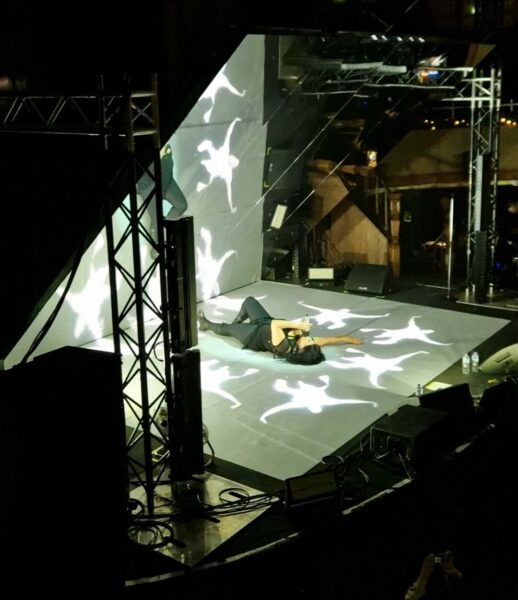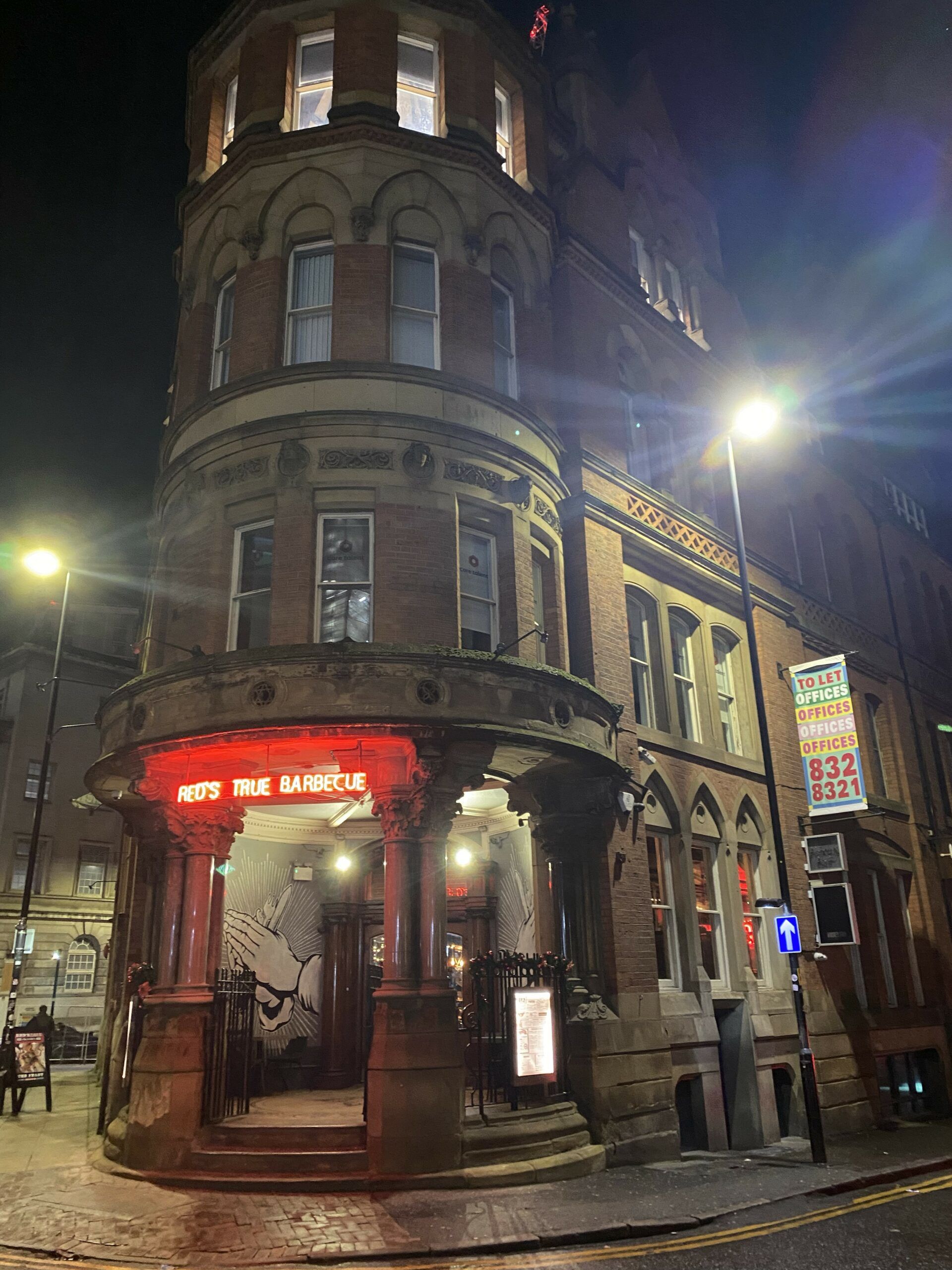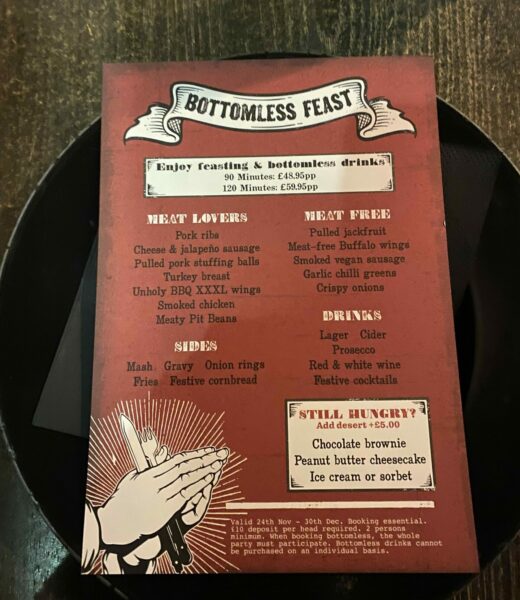The musical Hex sure lives up to its name; it really does appear to be cursed. It had its world premiere at the National Theatre late last year, after being embroiled in a nepotism controversy: Artistic Director Rufus Norris came up with the idea, wrote the songs, and hired his wife, Tanya Ronder, to write the script.
Days after opening, Tamsin Carroll (Queenie, the villain), caught Covid. Days later, her understudy, Tamsin Dowsett, went down with a throat infection. Ensemble member Natasha J Barnes then stepped into the role, with script in hand. When I saw the show, Barnes only needed the script minimally, and she hid it very well.
Rising Covid numbers, and members of the cast contracting the virus, led to press night being postponed, and then outright scrapped, with the musical being scheduled to be restaged later in the year.
The musical finally had its press night last week, just before its leading lady, Lisa Lambe (Fairy), became indisposed. The role has since been played by Neïma Naouri. I could not make press night so attended a show a few days later, just after Lambe fell ill.
The show was running smoothly until an emotional scene eight minutes before the end of the show was interrupted by the stage manager who told us that the stage revolve was not working and asked the actors to clear the stage. Awhile later, she came back to tell us that the flying equipment was not working either so they had to “rescue a fairy” (Naouri) from above. Eventually, Naouri was brought down, the audience cheered, and the show continued.
Because the flying equipment was not working, the other fairies could not “fly” down to the stage; the stage manager told us we would not be able to see them but we would hear them!
The recovery was superb but a couple of lines were a little ironic. Instead of descending from above, Naouri ran onstage, to which Princess Rose (Rosie Graham) commented on her falling from the sky. Another line had Victoria Hamilton-Barritt (Queenie), a theatre veteran, struggling to keep a straight face. It was a mostly smooth recovery, and these inevitable little accidents had the audience in chuckles.
Summary
Hex is, essentially, a retelling of Sleeping Beauty. In this version, a baby Princess Rose refuses to sleep, much to the chagrin of her parents; her mother is going insane. The King and Queen ask an unconventional fairy (called Fairy) to make the baby sleep, but she refuses, for Rose does not want to sleep, and if she forces sleep upon her, it’s a hex – and if a fairy hexes, she loses her magic.
Fairy, trapped and brutalised by the Royal guards, eventually hexes Rose: before she turns 16, she will prick her finger on a rose and fall asleep until she is awoken by a Prince (the Queen had told Fairy she wants Rose to marry a nice Prince). Fairy then loses her powers.
Over eight decades later, Fairy is approached by an ogress, Queenie, who fell in love with a human King and is pregnant with his child. She does not look like an ogress, for she “adapted”, but she is struggling to fight her nature: she wants to eat her child. At first, Fairy refuses to help Queenie, for she no longer possesses magic, but she soon realises that her son could be the Prince to awaken Rose. So, she pretends to bless Queenie, and it works, like a placebo – but for how long can Fairy keep up with this lie, and what will Queenie do when she finds out?
Review
The promotional material for the first run of Hex put the focus on the “bad” fairy. The new launch, however, simply states that the musical is “based on Sleeping Beauty“. Indeed, the musical is not merely a retelling of Sleeping Beauty, from the perspective of the wicked fairy, à la Maleficent. It also serves as a sequel. It asks: what next? The Prince saves the Princess, and they live happily ever after, yeah… But what happens next?
The musical breaks down the very notion of happy endings. It exposes the illogicality of such a fantasy. It reverts fairy tales back to the horrifying, cautionary stories that they used to be – before Disney appropriated them into dozens of marketable, child-friendly, vacuous stories that say nothing about anything.
The musical’s original run, though not reviewed, received plenty of criticism from audience members. Personally, I loved it, and I found its wonkiness to be part of its appeal, but it certainly needed a clean-up. Norris and co. have clearly spent the past year perfecting the production; it’s significantly better than the original, albeit still a little messy, but that’s what I love about it.
The changes are obvious right from the beginning. The new version begins with three gorgeous fairies descending from above, their gowns flowing unnaturally, and introducing us to the show. In the original version, Fairy is the last-remaining fairy; the rest of her species is extinct. The new version, however, offers more socio-political commentary: Fairy, by virtue of having no wings and being unashamedly messy, is an outcast. The snooty High Fairies even refer to her as “Low Fairy”. The original cutesy but drab opening number, ‘Make It All Good’, has been replaced with ‘Nature of the Beast’ – much meatier song; the kind of opening number you expect to see in a musical as grand as Hex.
Even Fairy’s appearance has been reconfigured. Originally a bald, goblin-like creature, she now has gorgeous, scruffy, white-coloured bed head – similar to that seen on Princess Rose in the promotional poster for the original run (she was made ginger before the show began previews). The new Fairy is cuter and less creepy than the original, though it’s sad that two-times Olivier-nominee Rosalie Craig is no longer part of the production. However, Lisa Lambe has received rave reviews for her rendition of the role, and Naouri absolutely blew me away.
Fairy’s new main song, ‘Above It All’, though not quite spellbinding, is far superior to the song it replaced, ‘Probly Final’ (not even Craig’s captivating voice could make that song interesting).
Whilst some songs have been replaced, others have been slightly rewritten. Noticeably, the third number, ‘Beauty Sleep’, has had some lyrical alterations, to better represent the reimagined Queen Regina. In the original production, she was merely exhausted and stressed; the new production renders her maniacal and tyrannical. The original production had the King (Shaq Taylor) portrayed as, well, kingly, whilst the new production has Kody Mortimer make him more kindly.
Regina is usually played by Naouri; her understudy, Olivia Saunders (who also plays the lead High Fairy), was wonderful in the delicious role, but the grating ‘Beauty Sleep’ works better when the vocalist has a high-pitched voice. I much prefer Daisy Maywood’s original version, and I imagine Naouri’s rendition is equally as impressive.
Something that irked me about the original production was the King and Queen just disappearing. The new version shows them getting older, trying in vain to rescue their daughter. It makes Princess Rose’s line, “Where are my parents?” – following her awakening from a 100-year slumber – all the more tragic.
Rosie Graham (Sandition, The School for Good and Evil) brought both playfulness and power to Rose, who appears to be inspired by Brave‘s Merida. Her performance is not all too different from Kat Ronney’s, though I recall the latter being a little more feisty.
Michael Elcock (Queens of Mystery) – the only actor reprising his role from the original production – is electrifying as Rose’s true love, Prince Bert. His hip-hop-inspired solo number, ‘Prince Bert’, is an epic introduction to his complex character. It’s also hilarious; his mother (an ogress) and his “aunty” (a fairy) dancing on the table alongside him, with the creepy staff prancing around down below, had the audience laughing gleefully.
The show is stolen, however, by two-times Olivier and four-times WhatsOnStage Award-nominee Victoria Hamilton-Barritt. Having seen Hex last year, and having seen Hamilton-Barritt in Cinderella earlier this year, I knew she’d be perfect in the role. The morally complex Queenie becomes the musical’s villain (or, rather, anti-villain), with her inner struggle between good and evil. Whilst the first act is a reimagining of Sleeping Beauty, the second takes things in a new direction, with Hamilton-Barritt steering the act.
As is often the case, the “villain” gets some of the best songs. Queenie’s duet with Fairy, ‘In the Middle’, is darkly heart-warming, whilst her “villain song”, ‘I Know What I Am’, is heart-wrenchingly distressing. Having heard Tamsin Carroll’s original versions on the soundtrack, I think Carroll might sing the songs better, but Hamilton-Barritt acts them better; her deep, husky voice is perfect for the role of a glamorous ogress.
Whilst the script is a bit wonky, it’s a thrilling adventure that will have you on the tip of your toes, and Norris and his wife must be applauded for their ability to weave socio-political commentary into such a goofy story. The production’s design is some of the best you will ever see onstage. From the aforementioned ethereal fairies (and their dresses that seem to have lives of their own) to the opulent palace (which glides downwards and spins around to reveal a gorgeous inside, where Princess Rose sleeps for 100 years), the design will have you dazzled!
Hex is no Wicked but it is wicked. I loved it the first time around, and I love it even more now that the creative team has taken criticism onboard and neatened things up. It’s a shame that the musical has been plagued (or, rather, hexed) with problems, but the cast, crew, and creatives persevere. The musical could do with a blessing of its own!
Hex is at the National Theatre (Olivier Theatre) until January 14.
